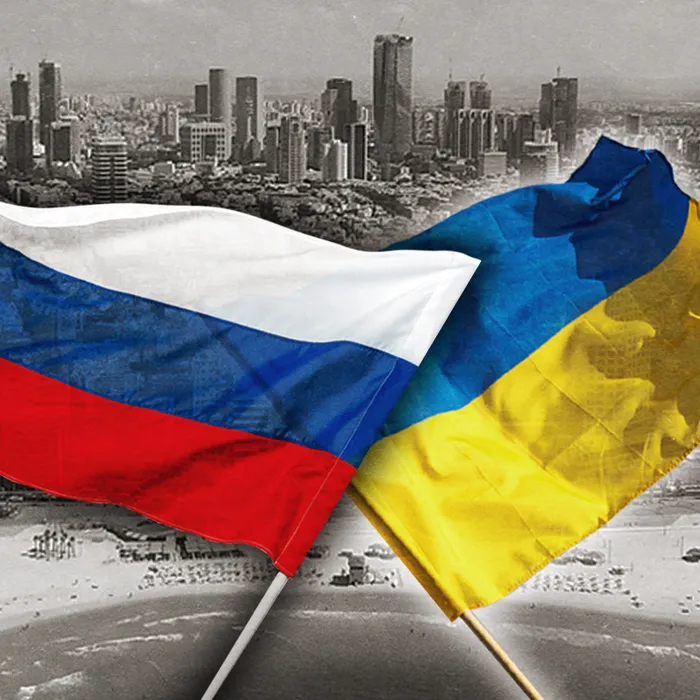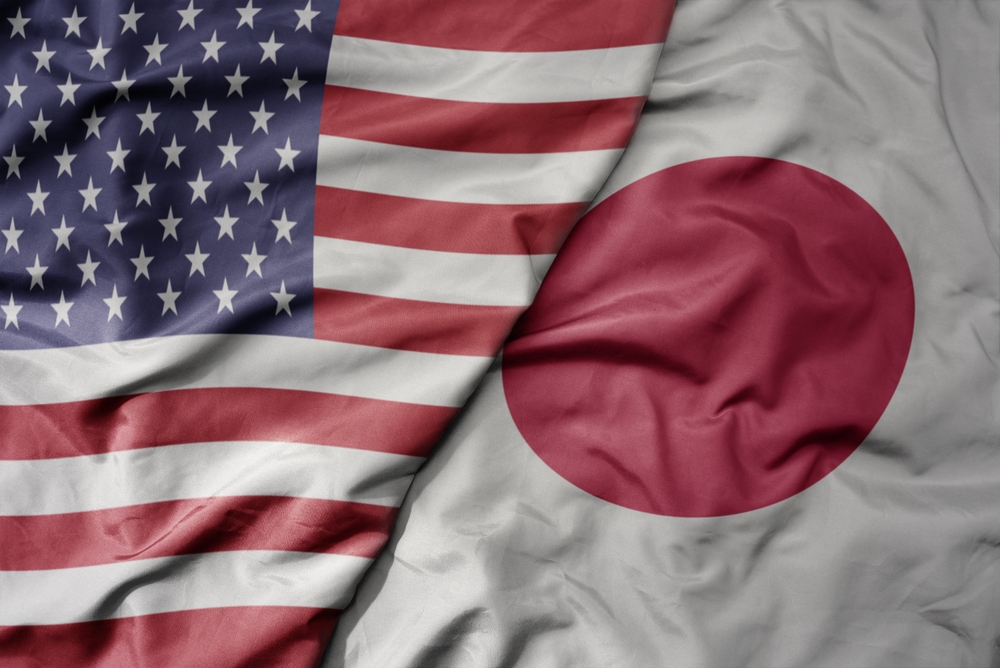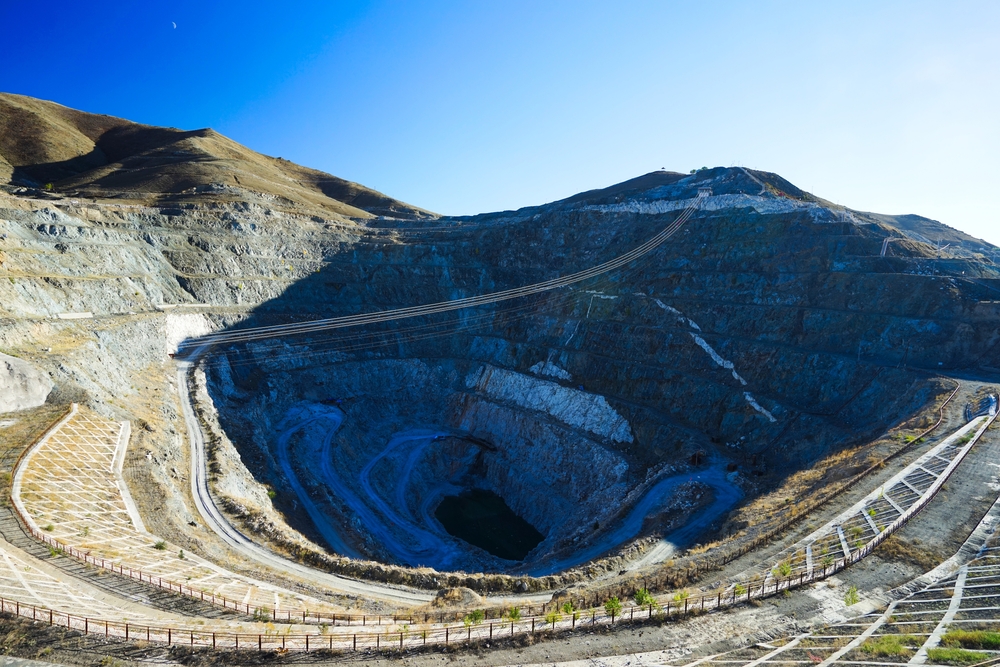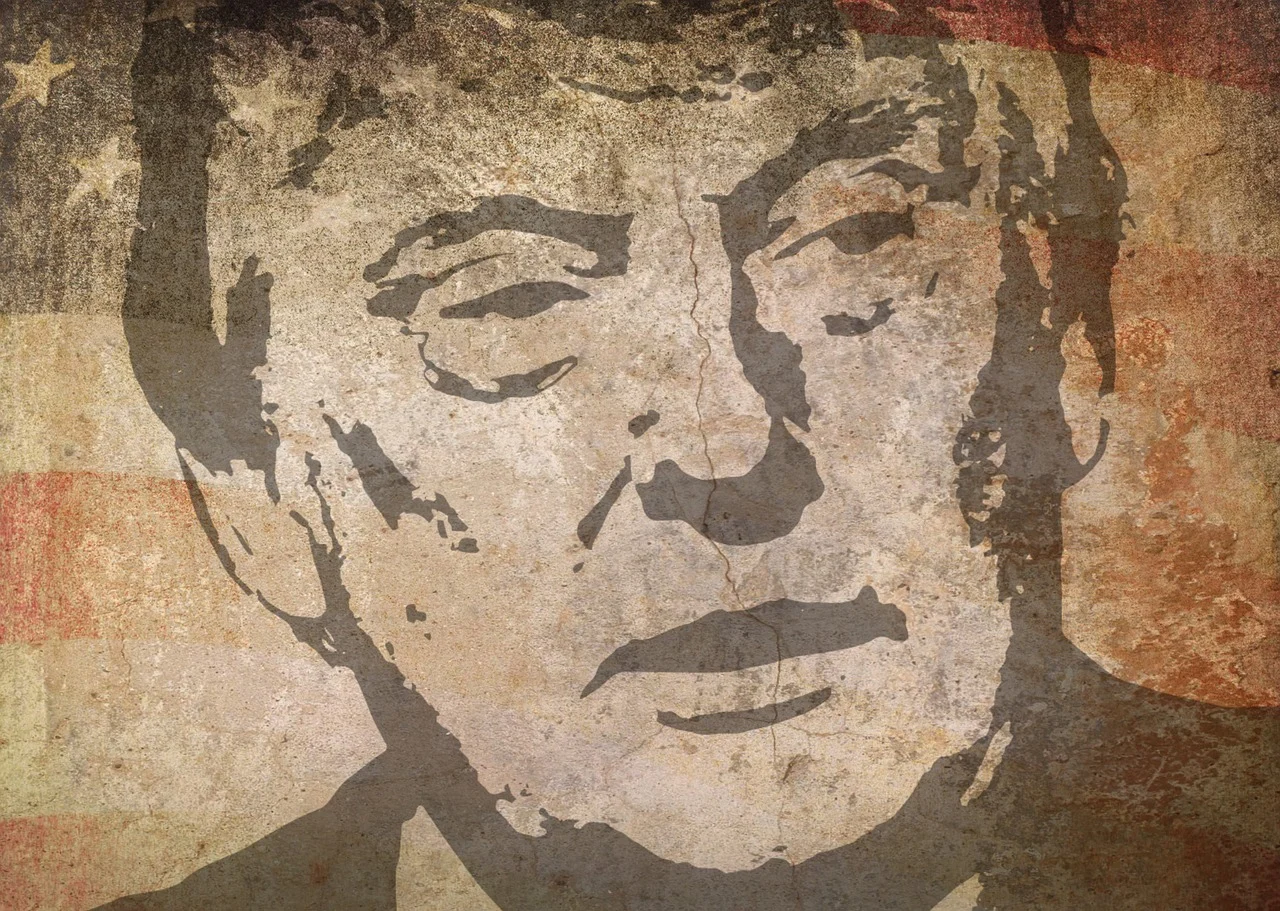Một năm đã trôi qua kể từ khi chiến tranh Nga-Ukraine bùng nổ, gây ra làn sóng suy thoái thị trường, cản trở tăng trưởng và phục hồi, từ đó làm suy yếu hiệu quả hoạt động của hầu hết các ngành và lĩnh vực.
Bất ổn chính trị làm trầm trọng thêm những thách thức kinh tế hiện có mà các quốc gia trên thế giới phải đối mặt, tạo ra các điều kiện thị trường tương quan với giá năng lượng leo thang, lạm phát cao, định giá tiền tệ sai lệch và biến động giá mạnh, kéo thị trường đi xuống vào năm 2022.
Có lẽ sự lãng quên không phải là đặc điểm thích hợp của các điều kiện thị trường hiện tại, vì sự phục hồi đã bắt đầu và thị trường dự kiến sẽ hồi sinh trong trung và dài hạn.
Dưới đây là chi tiết bốn thay đổi phổ biến kể từ khi chiến tranh bùng nổ:
Here are the four prevalent changes since the war outbreak in detail:
1. Surging Energy Prices
Energy commodities, notably oil and natural gas, have been predominantly constricted since the COVID-19 outbreak, given halted production and nation-wide restrictions, and tight energy supplies have been tightened even further due to the war outbreak.
USA and Europe-led sanctions on Russia’s energy resources, hand-in-hand with fresh COVID waves in several regions, have constricted supplies even further which realized a sharp increase in energy prices. The oil industry was the notable winner in this scenario, while other industries and average household capabilities all took a major blow.
2. Sky-high Inflation
Perhaps the most omnipresent impact which the war had on the markets is sky-high inflation which infected many minor and major economies. Some countries sustained decade-long inflationary pressures, while others were victim of up to 40-year consumer price index highs.
From consumer goods such as food products to corporate services, the prices of goods and services across the board have risen which negatively impacted households, nations and economic growth.
Central banks from around the world, including the U.S. Federal Reserve, have bumped interest rates time & time again to combat red-hot inflation, with previously-dovish central banks such as the European Central Bank (ECB) and the Bank of Japan (BoJ) also following suit of the Fed’s move by adopting a more-hawkish monetary policy stance.
3. Short-lived Rallies
From the investor’s perspective, all market rallies and bullish runs throughout 2022 were short-lived. Investor pessimism and skepticism, paired with high reluctancy to spend & invest, meant that any rallies only lasted for a few weeks at best.
When investors gained confidence to invest, more interest rate hikes subsided which sent skepticism to very high levels. Federal Reserve chief Jerome Powell recently stated that the markets may not need any more rate hikes, but after being used to recurrent rate bumps, investors and traders have gone very skeptical.
An accurate indication of pessimism would be the VIX fear index, which peaked several times in the past year before dwindling in 2023. In the world of cryptocurrencies, the Bitcoin Fear & Greed Index has been in the fear realm in almost the entirety of 2022, but the current year is heavily on the greed side.
4. Skewed Currency Valuations
Among the major impacts of the geopolitical instability caused by the war would be that the valuations of many major currencies have been skewed beyond expectations. At some point, the U.S. Dollar was more valuable than the Euro; a phenomenon unseen since 2002.
Safe-haven assets like the Japanese Yen, Swiss Franc and even the precious gold have arguably lost their characteristic as effective hedges against inflation. Most financial instruments have been victim of slow & painful deterioration, adversely impacting the performance of many industries and sectors.
5. Sharp Price Movements
Investors are on edge; good news would send the value of financial assets, such as stocks, cryptocurrencies and indices higher, and bad news would plummet the markets. Such high volatility is the result of high imbalances between the market bulls & bears.
Yet, some financial assets such as value stocks have remained more stable than the majority. Survival of the fittest, or as they say, re-affirmed its meaning in 2022. Major companies have relentlessly cut jobs to cope with higher costs, while others struggled to make ends meet.
What's next?
Historically, inflations are followed by recessions, before hitting a trough and growing once back. Federal Reserve chairman Jerome Powell has recently re-iterated his belief that further interest rate hikes may not be needed, but markets have been so used to them in the past year to the extent that not all are on board with his statements.
Many analysts of renowned financial institutions expect that markets may dwindle further in 2023, but are expected to recover by at least 2024 given market consolidation and diminishing imbalances between supply & demand of raw materials, commodities & financial instruments.
Prepared by team Golden Brokers analysts















